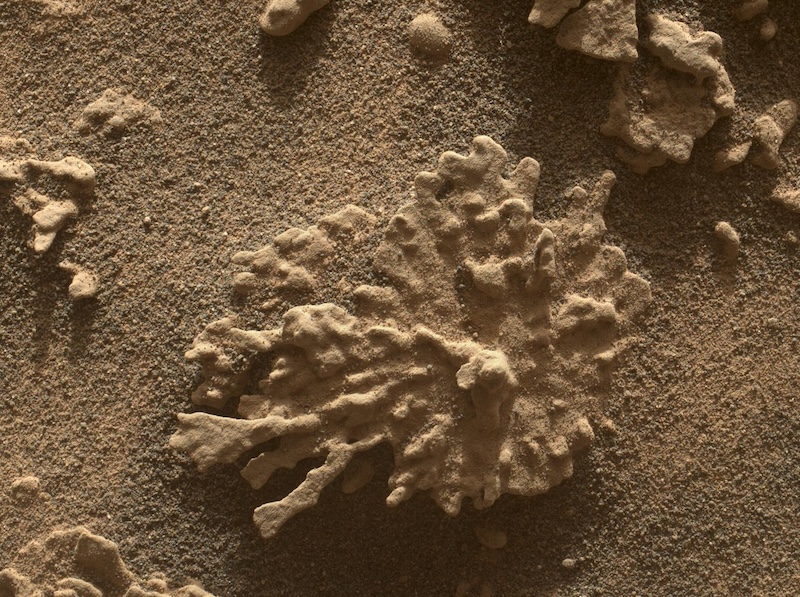On July 3, 2025, NASA astronaut Nichole Ayers, aboard the International Space Station (ISS), captured a fleeting but scientifically valuable image of a gigantic jet—a rare atmospheric electrical discharge that shoots from thunderstorm tops into the edge of space. This event, reported on NASA’s official portal, not only offered stunning visuals but also a critical data point for understanding the behavior of Transient Luminous Events (TLEs) in Earth’s upper atmosphere.
Understanding Gigantic Jets And Why They Fascinate Scientists
Gigantic jets are among the most elusive atmospheric phenomena known to science. Unlike common lightning, which travels from clouds to the ground, these jets move in the opposite direction, channeling electrical energy from the top of thunderstorms toward the ionosphere, nearly 100 kilometers above Earth’s surface. Their structure resembles a towering column of charged plasma, often branching out like tree limbs as it rises skyward.
These events occur far less frequently than traditional lightning and require very specific meteorological and electrical conditions. As such, they are extremely difficult to capture on camera, especially from space. What makes Nichole Ayers’ image so compelling is not only the clarity of the jet’s structure but also the rare vantage point from which it was observed. The ISS travels at an altitude of about 400 kilometers, offering an unbroken view of Earth’s atmospheric layers, making it an ideal—though unpredictable—platform for observing TLEs.
The scientific significance of this image extends beyond aesthetics. Capturing a gigantic jet from space provides researchers with data about the energy transfer mechanisms between the troposphere and the ionosphere, both of which play a key role in Earth’s electromagnetic environment. Understanding these interactions can improve models of space weather, which affects satellite operations, communications systems, and even astronaut safety.


Credit: NASA astronauts on board Expedition 44
How Gigantic Jets Differ From Sprites And Other TLEs
To the untrained eye, gigantic jets might resemble sprites, another form of Transient Luminous Event. Both are triggered by powerful lightning strikes and involve brief bursts of plasma reaching into the upper atmosphere. But while sprites often appear as red, jellyfish-like flashes high above thunderstorms, gigantic jets are more structured and intense, often starting much lower in the atmosphere.
Sprites typically occur at altitudes around 80 kilometers and are more diffuse in shape. Gigantic jets begin around 20 kilometers above the Earth’s surface and pierce through the mesosphere with sharp, defined branches. Their luminosity is typically blue or purple and less visible to the naked eye unless conditions are just right.
This difference is crucial to scientists because it points to distinct physical processes governing each event type. Sprites are believed to be a response to positive cloud-to-ground lightning discharges, whereas gigantic jets are the result of excess charge buildup in the cloud that escapes upward when no traditional lightning path to the ground is viable. Understanding these mechanisms is key to decoding the dynamics of electrical storms and their interaction with Earth’s upper atmosphere.
A Growing Role For Citizen Science In Atmospheric Research
Following the publication of Ayers’ image, NASA took the opportunity to highlight Spritacular.org, a public-facing platform that invites amateur skywatchers to upload images or videos of sprites, jets, and other upper-atmospheric light phenomena. The platform is part of a broader effort to crowdsource data for events that are too unpredictable to study solely with professional instruments.
TLEs like gigantic jets can occur anywhere in the world, but their visibility depends on having the right environmental conditions and being in the right place at the right time. As a result, amateur astronomers, pilots, and even weather balloon operators have become invaluable contributors to TLE research. By submitting verified sightings, citizen scientists help fill in observational gaps, enabling researchers to map where and when these events occur with greater precision.
The inclusion of the public in such a high-stakes scientific endeavor signals a shift in how NASA approaches large-scale observational challenges. By democratizing access to tools and data platforms, the agency is not only expanding its reach but also fostering a new generation of space science enthusiasts capable of making real contributions to cutting-edge research.
Source link

